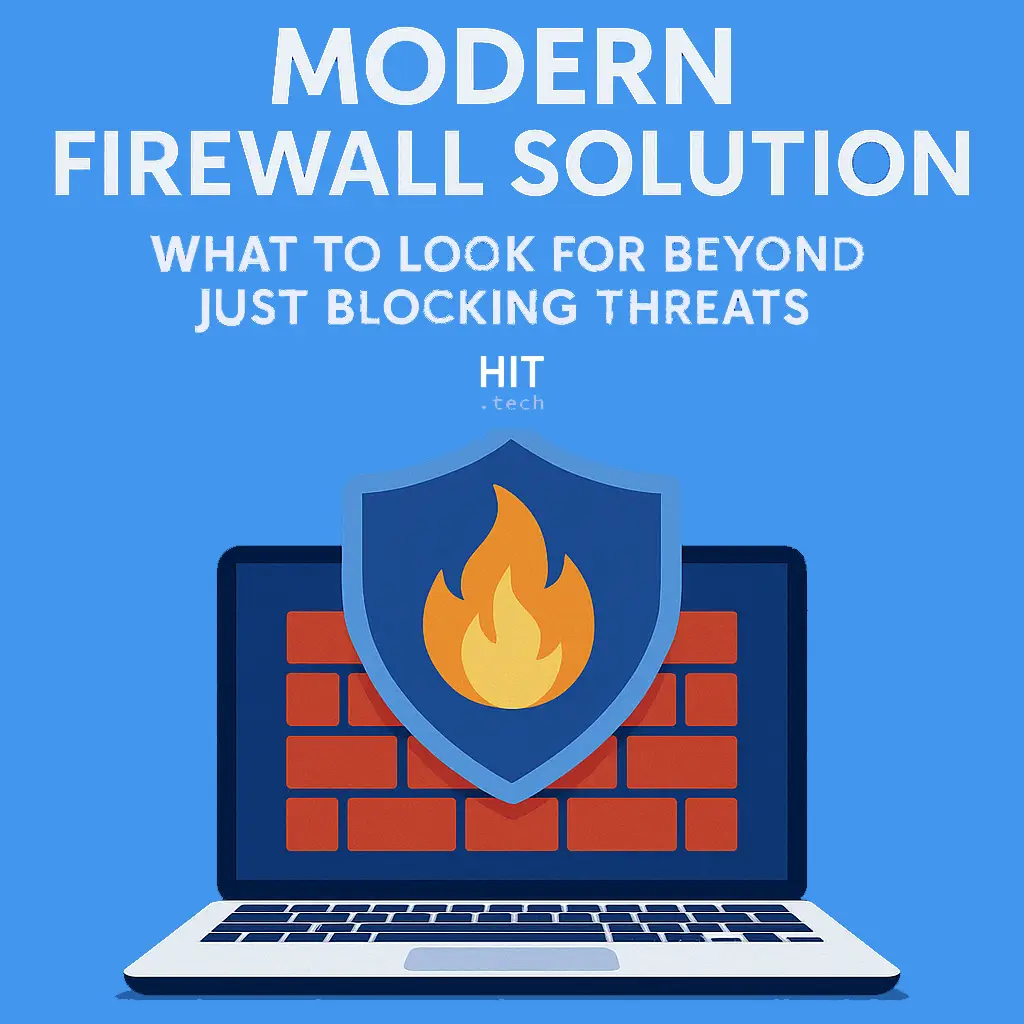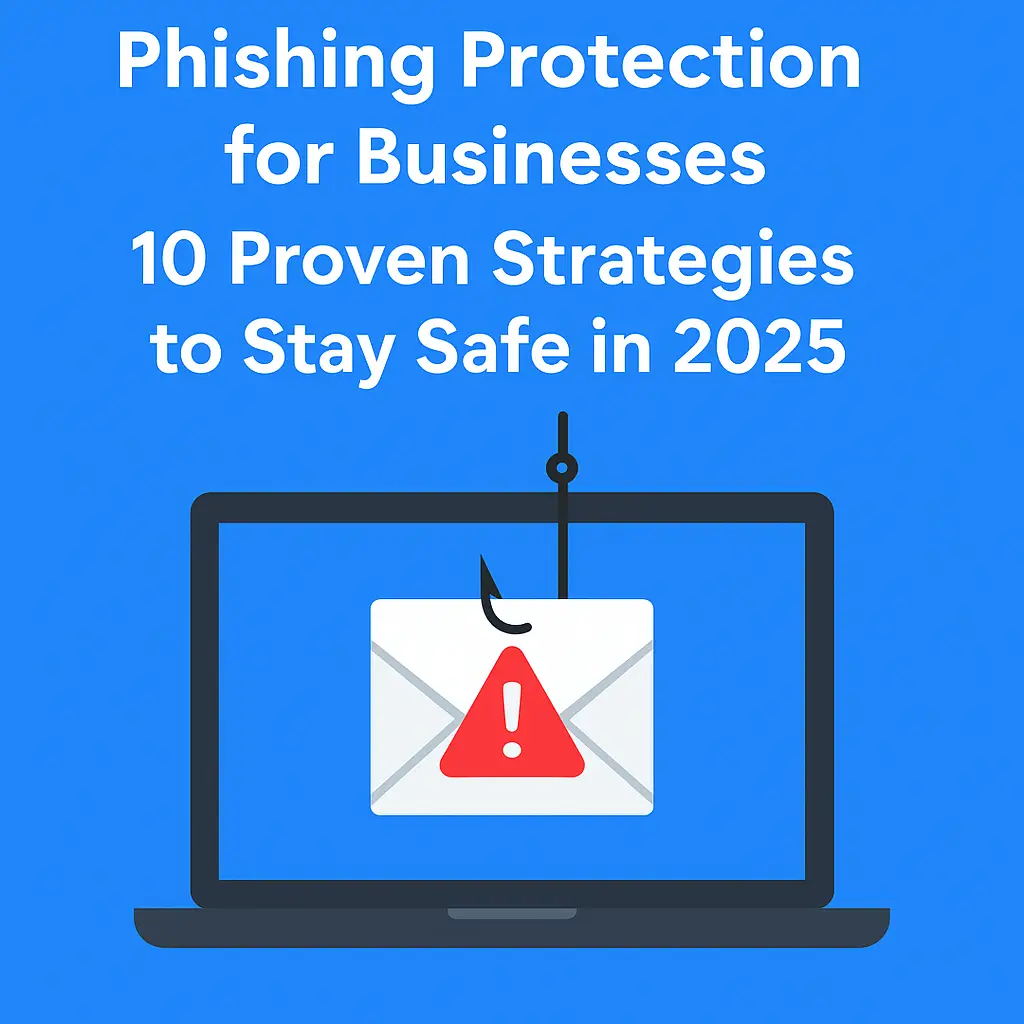What to Look for in a Modern Firewall Solution (Beyond Just Blocking Threats)
In today’s threat-heavy digital landscape, firewalls are no longer optional — they’re a baseline necessity. But if your business is […]
What to Look for in a Modern Firewall Solution (Beyond Just Blocking Threats) Read Post »


